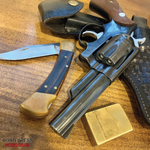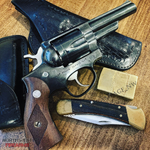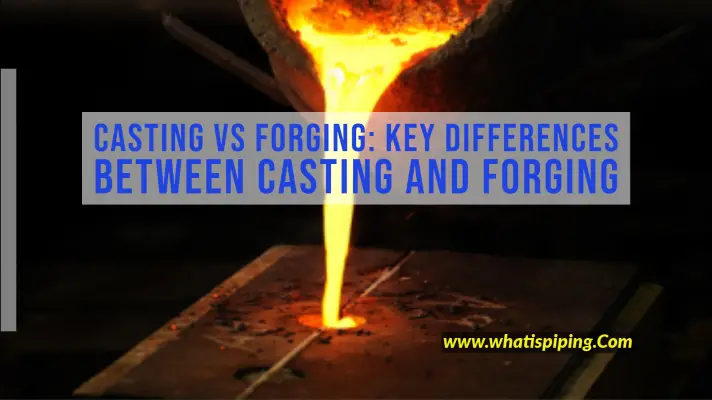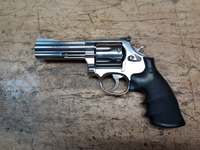Staff Member
Platinum Supporter
- Messages
- 9,729
- Reactions
- 15,456
Incorrect. It is an investment casting, but that's not the reason for their size or shape.The Ruger has to be dimensionally larger because it is investment casting. Not machine steel like the Smith
But I agree that the Rugers are blockier and I don't find them as good looking as the S&W.
I pondered long and hard with a GP100 sitting right next to a 686...
I don't know why they are, the Blackhawk family is very attractive.
FYI, my EDC is a S&W 60-15 in 357. I love that little gun.
















